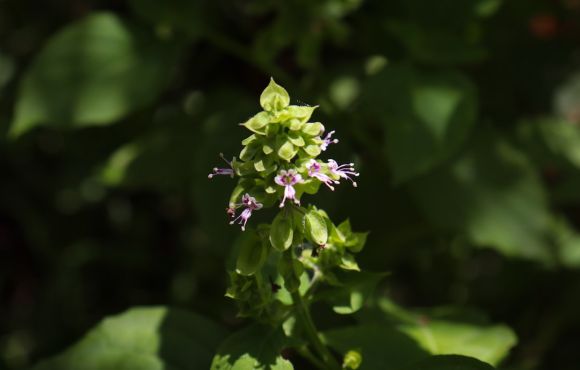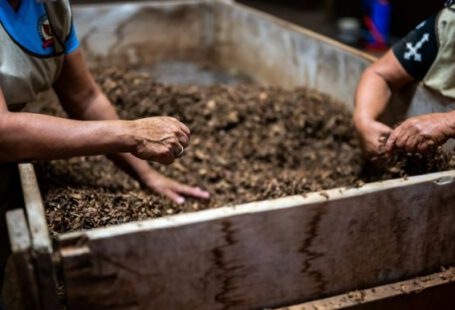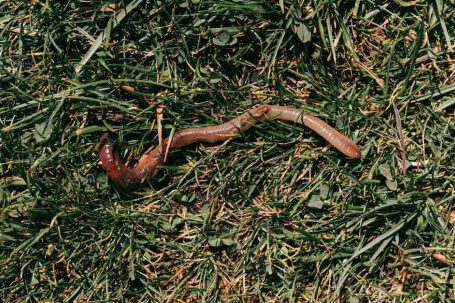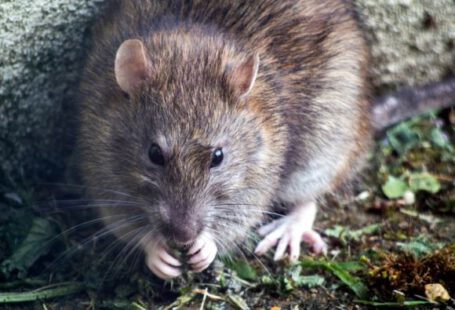When it comes to landscape design, many people envision beautiful flowers, lush green lawns, and ornamental shrubs. However, there is a growing trend towards incorporating edible plants into landscape designs. Edible plants not only add visual interest to outdoor spaces but also provide a practical and sustainable source of food. In this article, we will explore the concept of using edible plants in landscape design and discuss the benefits and considerations associated with this approach.
Enhancing Aesthetics with Edible Plants
One of the primary reasons people choose to incorporate edible plants into their landscape design is to enhance the aesthetics of their outdoor spaces. Edible plants can add a unique and unexpected element to gardens, patios, and even balconies. By carefully selecting a variety of edible plants with different textures, colors, and heights, it is possible to create a visually stunning landscape that is both functional and beautiful.
Creating a Sustainable Food Source
Another compelling reason to include edible plants in landscape design is the opportunity to create a sustainable food source. With the rising interest in organic gardening and sustainable living, growing one’s own food has become a popular choice. By incorporating edible plants into the landscape, individuals can have access to fresh, organic produce right in their own backyard. This not only reduces reliance on store-bought produce but also promotes self-sufficiency and a connection to nature.
Choosing the Right Edible Plants
When incorporating edible plants into landscape design, it is essential to choose the right plants that are suitable for the local climate and growing conditions. Some edible plants, such as herbs and leafy greens, can be easily grown in containers or raised beds, making them ideal for small spaces. Fruit trees and berry bushes, on the other hand, require more space and should be carefully placed to ensure adequate sunlight and proper drainage.
Considerations for Maintenance
While incorporating edible plants into landscape design can be rewarding, it is important to consider the maintenance requirements. Some edible plants, such as tomatoes and peppers, may require regular pruning, staking, and fertilizing. Additionally, pests and diseases can pose a challenge to the health and productivity of edible plants. Therefore, it is crucial to plan for ongoing maintenance and have a basic understanding of plant care to ensure the success of the edible landscape.
Harvesting and Enjoying the Fruits of Your Labor
One of the most exciting aspects of incorporating edible plants into landscape design is the ability to harvest and enjoy the fruits of your labor. Imagine stepping out onto your patio and picking fresh strawberries or plucking ripe tomatoes from the vine. The satisfaction of growing and eating your own food is unparalleled and can bring a sense of joy and accomplishment to any gardener.
In conclusion, edible plants can indeed be a valuable and beautiful addition to landscape design. By carefully choosing the right plants, considering maintenance requirements, and planning for harvest, individuals can create a sustainable and visually appealing outdoor space. Whether you have a large garden or a small balcony, there are edible plants that can thrive in any setting. So why not explore the world of edible landscaping and enjoy the benefits of growing your own food?





